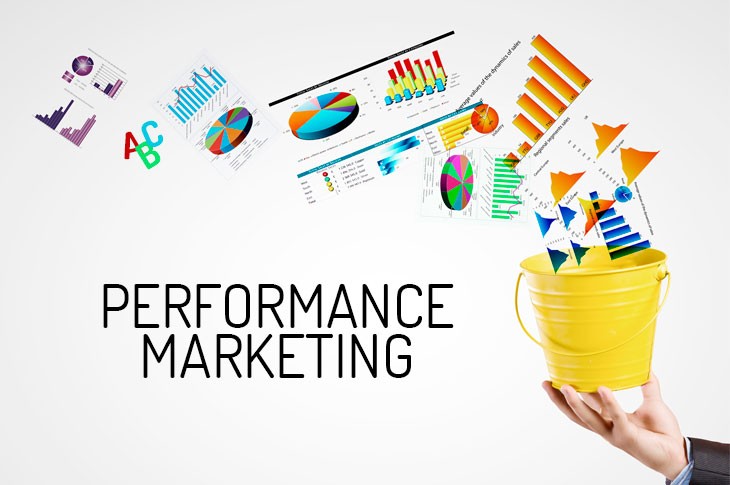Performance Marketing: A Data-Driven Advertising Strategy
Definition
Performance marketing is a results-driven digital advertising strategy where advertisers pay only when a specific action is completed, such as a click, lead, sale, or app install. Unlike traditional advertising, which focuses on brand awareness, performance marketing ensures that marketing budgets are spent efficiently with measurable outcomes.
How Performance Marketing Works
Performance marketing campaigns follow a structured approach to maximize return on investment (ROI):
1. Advertiser Defines Goals
Businesses set clear objectives such as:
- Increasing website traffic
- Generating high-quality leads
- Driving product sales or app installations
2. Choosing the Right Channels
Advertisers select high-performing platforms based on their target audience, including:
- Search engines (Google Ads, Bing Ads)
- Social media (Facebook, Instagram, LinkedIn, TikTok)
- Affiliate networks and display advertising
3. Ad Placement & Targeting
Using data analytics, AI, and automation, ads are strategically placed to reach the right audience at the right time.
4. User Engagement & Conversion
When users take the desired action (click, purchase, sign-up, etc.), the advertiser pays the publisher or ad platform.
5. Tracking & Optimization
Performance marketing is driven by continuous monitoring of key performance indicators (KPIs) such as:
- Cost per click (CPC)
- Cost per acquisition (CPA)
- Return on ad spend (ROAS)
Campaigns are optimized in real-time to improve performance and maximize results.
Key Components of Performance Marketing
1. Pay-Per-Click (PPC)
Advertisers pay for each click on their ad. This method is widely used in search engine marketing (SEM) on platforms like Google Ads and Bing Ads.
2. Affiliate Marketing
Businesses partner with affiliates (bloggers, influencers, publishers) who promote their products and earn a commission per sale or lead.
3. Social Media Advertising
Platforms like Facebook, Instagram, LinkedIn, and TikTok offer performance-based ad models where advertisers pay based on engagement, clicks, or conversions.
4. Search Engine Marketing (SEM)
Includes paid search ads that appear at the top of search engine results based on user queries.
5. Native Advertising

Ads that seamlessly blend into website content, commonly used in content recommendation platforms.
6. Retargeting/Remarketing
Ads shown to users who have previously interacted with a brand, increasing the likelihood of conversion.
Benefits of Performance Marketing
- Cost-Effective – Advertisers pay only for actual results, minimizing wasted ad spend.
- Data-Driven & Measurable – Every campaign element is tracked, allowing for real-time optimization.
- Highly Targeted – Ads reach the right users based on demographics, interests, and behavior.
- Scalable – Successful campaigns can be expanded quickly for higher reach and revenue.
- Low Risk – Since payment is tied to specific actions, financial risks are minimized.
Conclusion
Performance marketing is an essential strategy for businesses looking to achieve measurable results from their advertising efforts. By leveraging data analytics, automation, and precision targeting, it ensures efficient budget allocation, high ROI, and business growth.
Companies that adopt performance marketing can track their campaigns in real-time, optimize for better conversions, and scale their advertising efforts effectively


